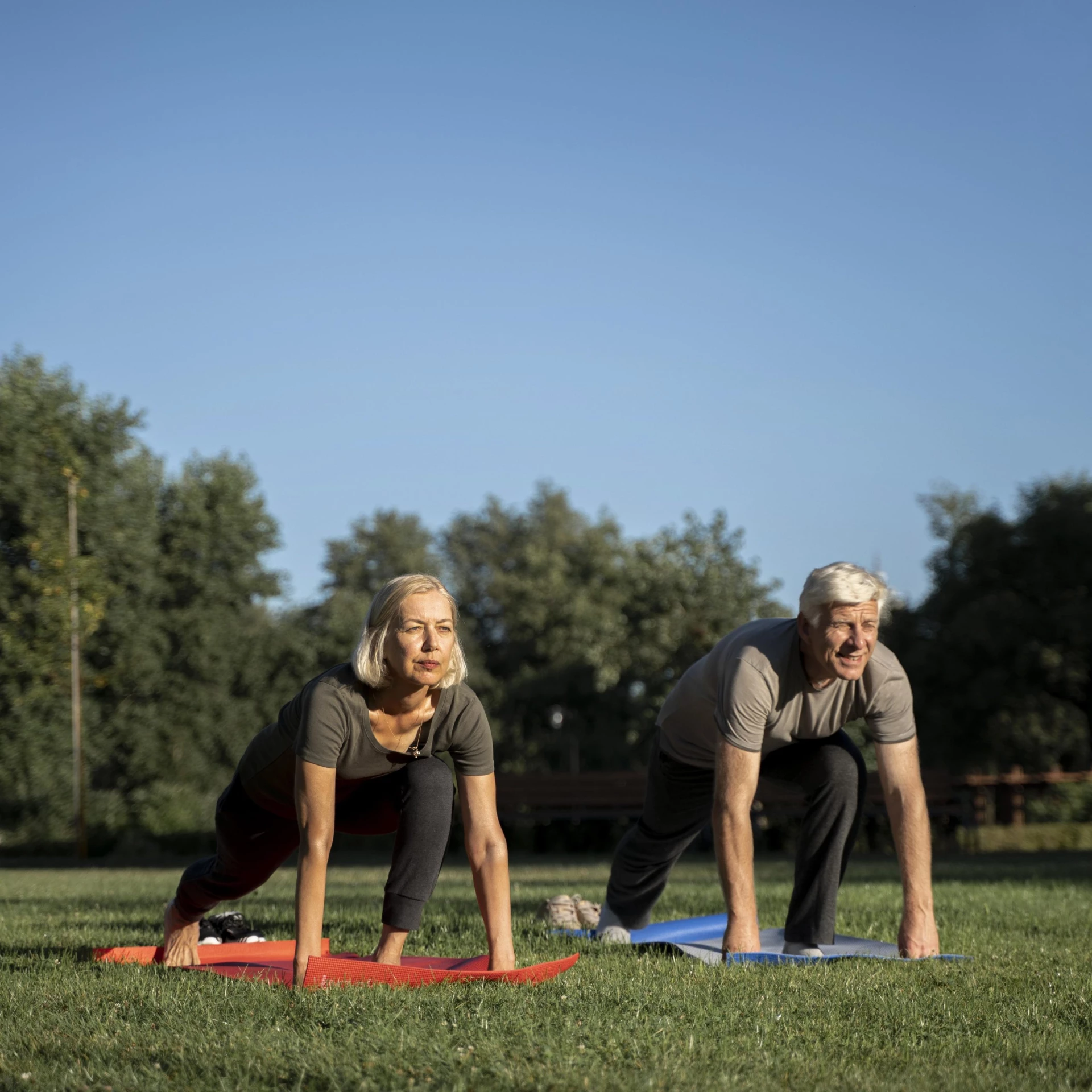Fitness Adaptations: Empowering Health And Wellness Despite Mobility Constraints
Fitness is important for overall health and well-being because it has a positive impact on a wide range of physical and mental health factors. Some of the benefits of fitness include Weight management, reduced risk of chronic diseases, improved cardiovascular health, mental health and stronger bones and muscles.
Fitness adaptations are modifications to exercise programs made to accommodate the needs of those with mobility constraints. These adaptations can be made to the type of exercise, the intensity of the exercise, or the duration of the exercise.
The goal of this blog is to provide empowering strategies for achieving fitness goals despite limited mobility. We believe that everyone, regardless of their physical abilities, deserves to be fit and healthy. We want to help people with mobility constraints find ways to get moving and enjoy the many benefits of fitness.
Understanding Mobility Constraints and their Impact on Fitness
Mobility constraints are limitations that restrict a person’s ability to move around. These constraints can be physical, environmental, or social.
Physical and emotional challenges individuals may face in pursuing fitness with mobility issues:
Physical challenges:
- Pain: Many people with mobility issues experience pain, which can make it difficult to exercise.
- Fatigue: Fatigue is also a common problem for people with mobility issues, which can make it difficult to find the energy to exercise.
- Limited range of motion: People with mobility issues may have a limited range of motion, which can make it difficult to do certain exercises.
- Independence: Some people with mobility issues may feel dependent on others for help with exercise, which can be frustrating and demoralizing.

Emotional challenges:
- Depression: People with mobility issues may be more likely to experience depression, which can make it difficult to maintain motivation for exercise.
- Anxiety: Anxiety can also be a challenge for people with mobility issues, especially if they are worried about falling or getting injured.
- Low self-esteem: People with mobility issues may have low self-esteem, which can make it difficult to feel confident in their ability to exercise.
- Isolation: People with mobility issues may feel isolated from others, which can make it difficult to find the motivation to exercise.
Misconceptions:
- People with limited mobility can’t exercise. This is simply not true. There are many ways for people with limited mobility to exercise, and there are many resources available to help them get started.
- Exercise is too hard for people with limited mobility. This is also not true. Exercise can be modified to fit the needs of people with limited mobility. There are many low-impact exercises that people with limited mobility can do.
- Exercise is not safe for people with limited mobility. This is not always true. Exercise can be safe for people with limited mobility, but it is important to talk to your doctor before starting any new exercise program.
Benefits of Fitness for People with Mobility Constraints
Staying active and fit is important for everyone, but it can be especially beneficial for individuals facing mobility challenges. Improved physical and mental health, reduce pain, risk of falls, improved energy levels and increased quality of life are some of the advantages of staying active and fit for people with mobility constraints.
Staying motivated and overcoming challenges
This is important for everyone, but it can be especially difficult for people with mobility constraints. Setting realistic goals, Finding an activity you enjoy and making exercise a part of your routine are some tips for staying motivated and overcoming challenges.




Leave a Reply